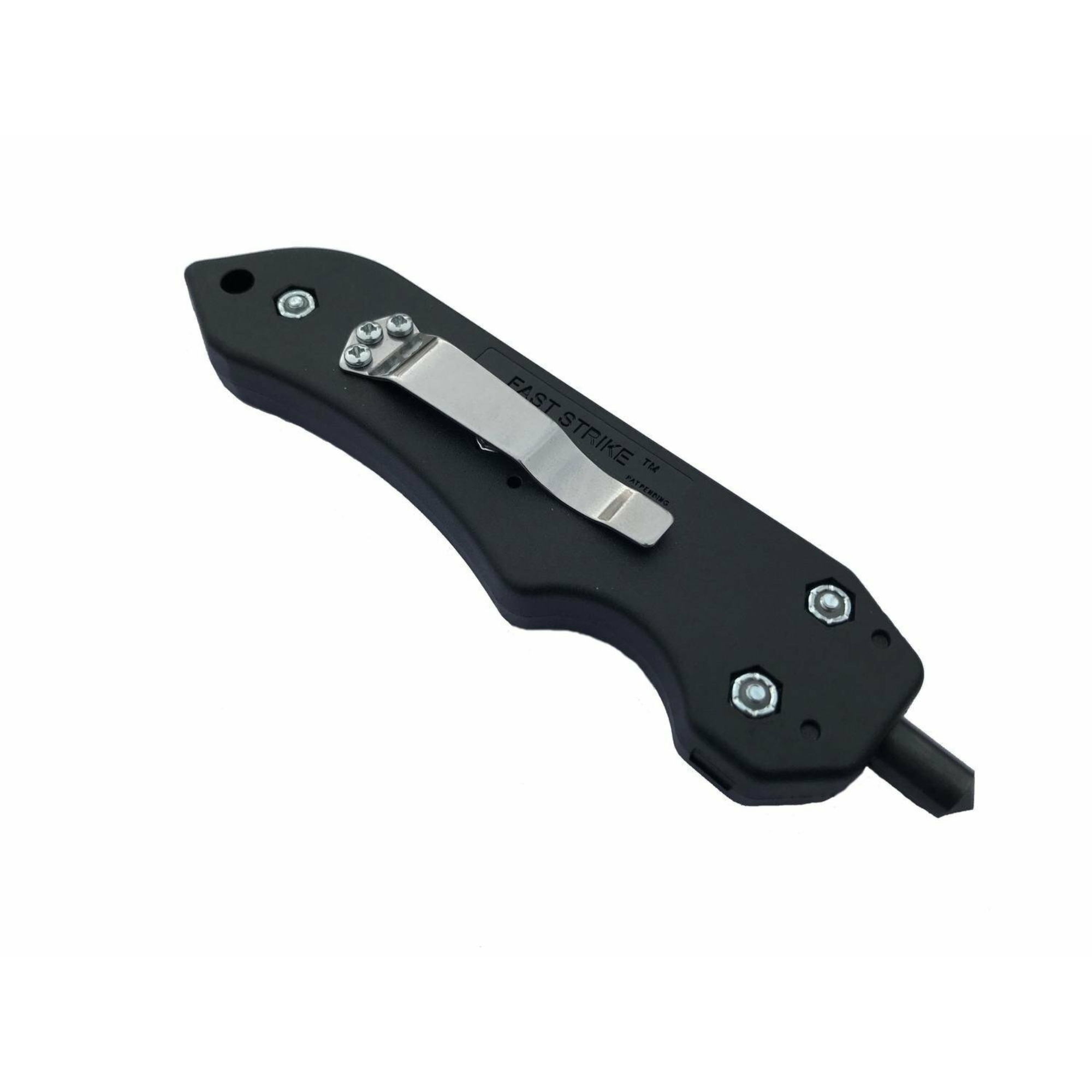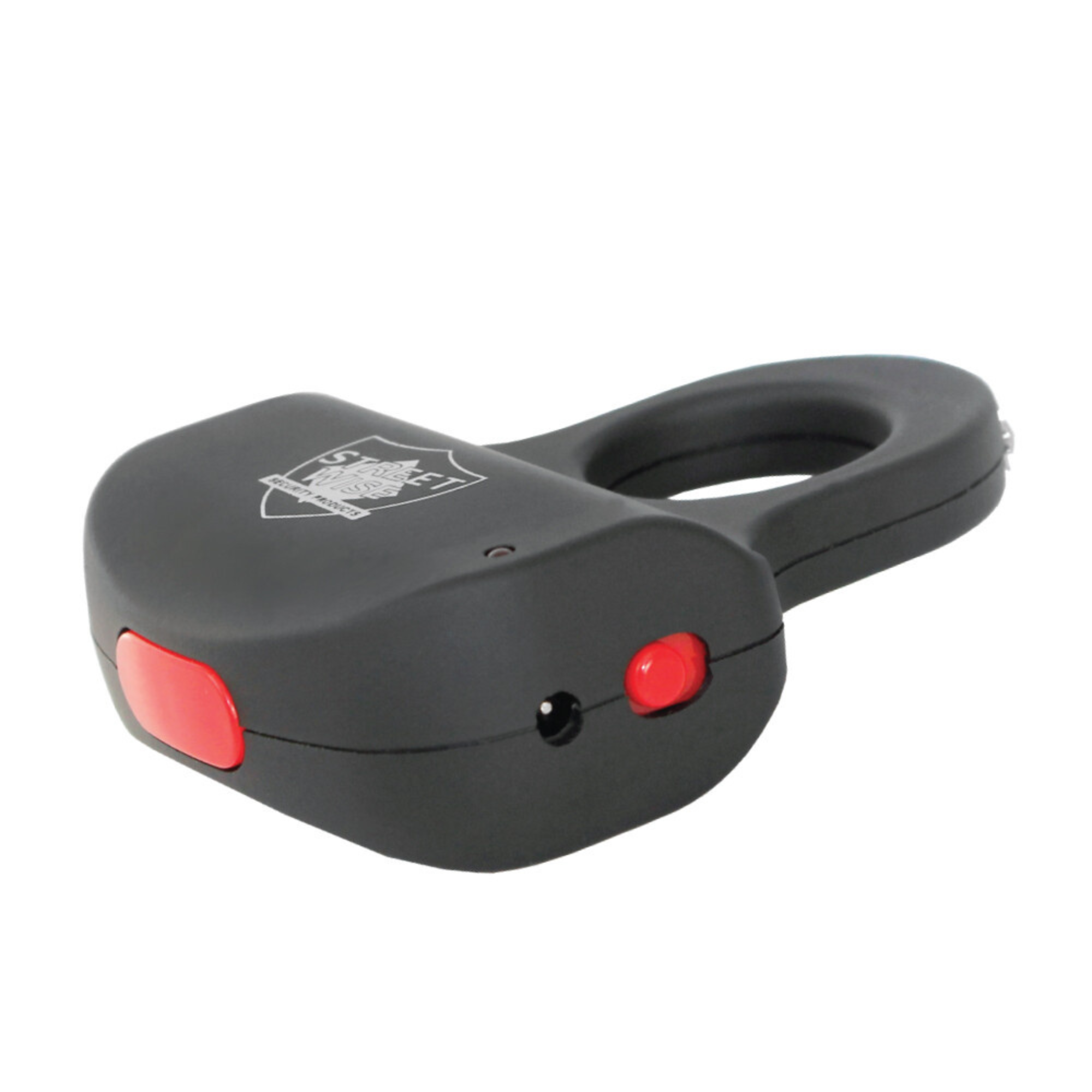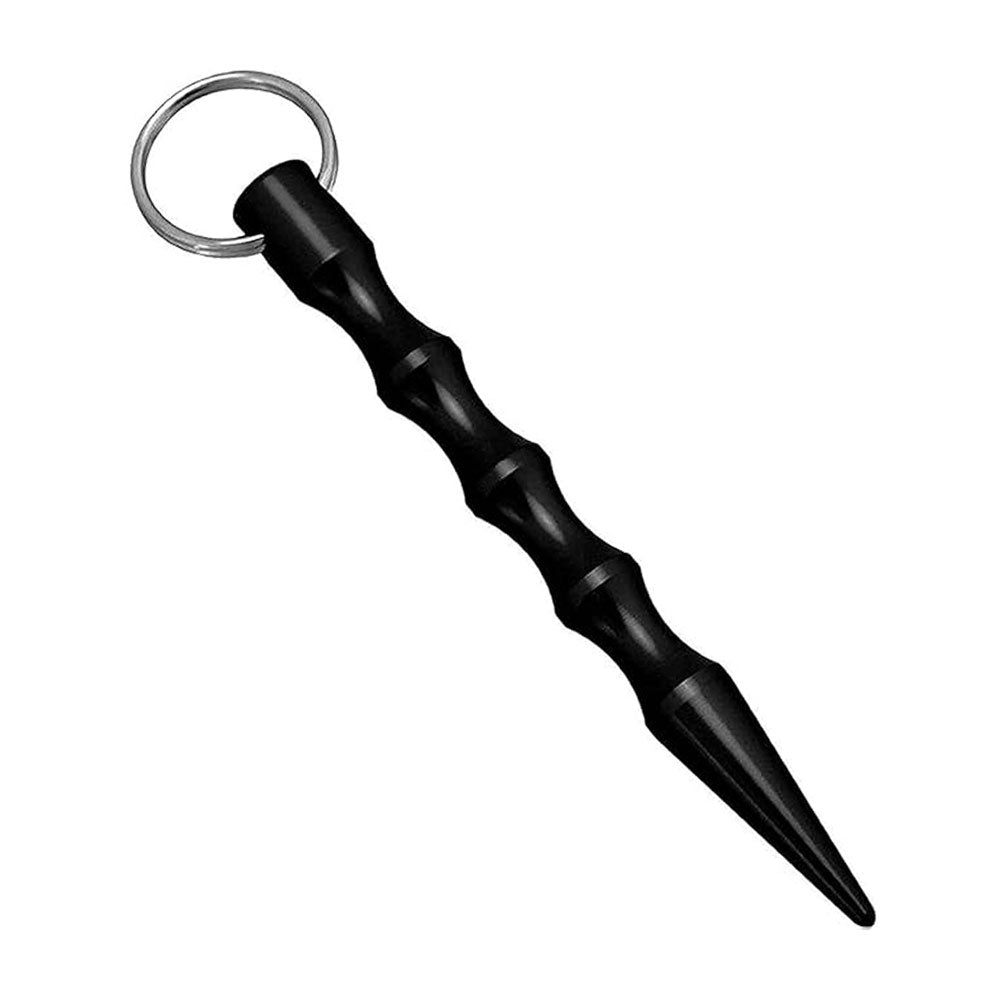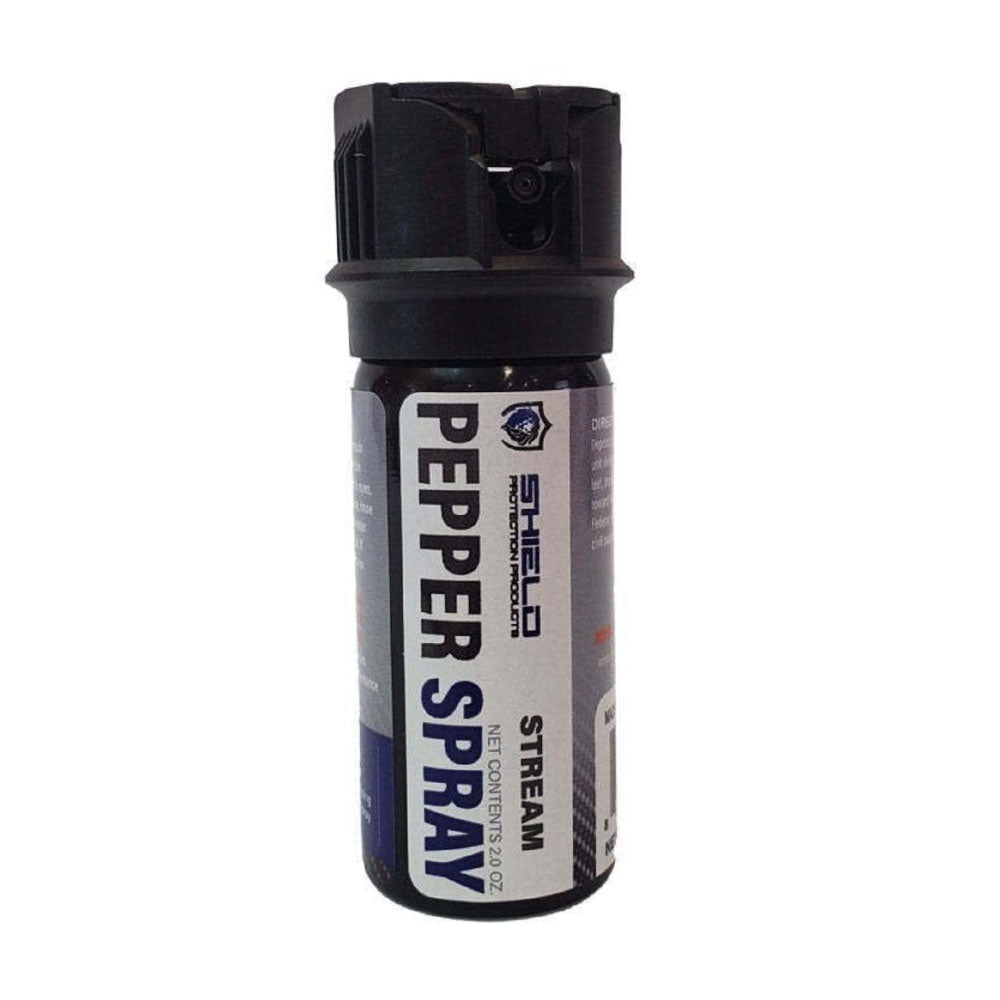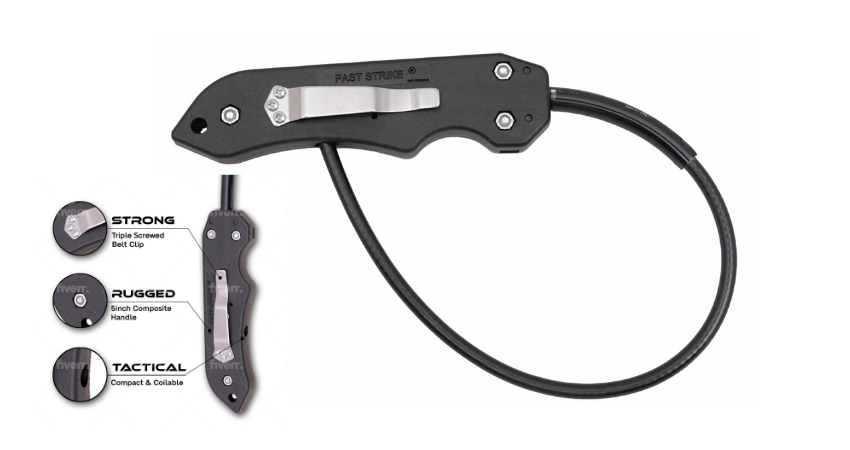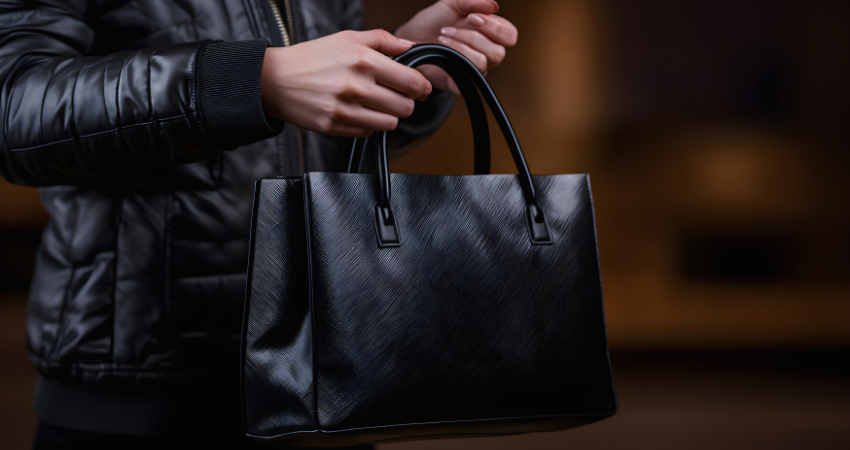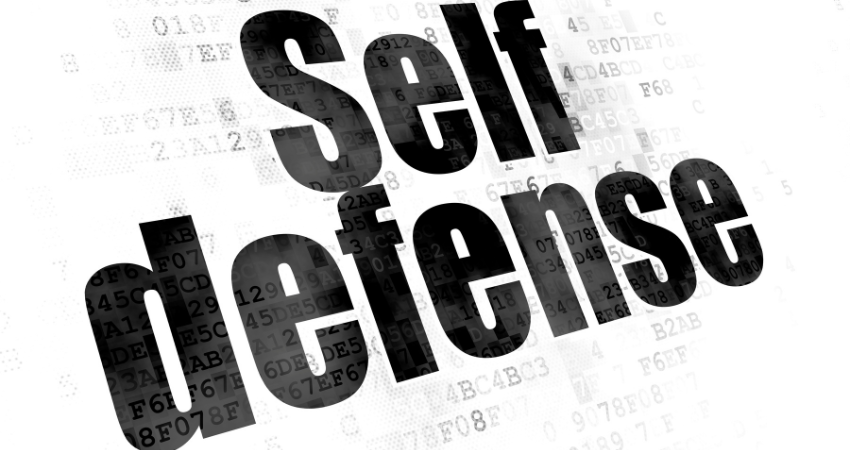
In 1990, the FBI was the first to approve oleoresin capsicum, or pepper spray. This was after a three-year study by the Firearms Training Unit. This event was a big step in the use of non-lethal weapons in law enforcement and the military.
Non-lethal weapons are made to stop people without harming them for good. They help keep things from getting worse, control crowds, or block off areas. They are used carefully to keep the number of injuries low.
History of Non-Lethal Force
In law enforcement and military, what are non-lethal weapons? have changed how force is used. These tools, known as less-lethal force, offer a safer way to handle situations. They help keep responses controlled and fair.
For over 50 years, these weapons have been called many names. Terms like "non-lethal," "less-lethal," and "sublethal" are used. The goal is always the same: to stop someone without causing permanent harm or death.
The arrival of what are non-lethal weapons? has been a big change. It lets law enforcement and military avoid deadly force. These tools help manage crowds, control riots, and catch suspects safely.
"The development of non-lethal weapons has provided a range of options between talking and shooting, allowing for more effective riot control and the employment of scalable force without the risk of loss of life or serious injury."
The history of less-lethal force is filled with progress. From tear gas in the 1900s to today's electronic tools, there's been a lot of growth. This shows our ongoing search for safer ways to handle conflicts.
As what are non-lethal weapons? become more common, it's key to know their role and history. This section will dive deep into the topic. We'll look at the different non-lethal options and how they've evolved over time.
What Are Non-Lethal Weapons?
Non-lethal weapons are technologies that aim to stop or deter people without killing them. They are less deadly than regular guns. These include things like kinetic projectiles, chemical agents, and electrical devices.
Types of Non-Lethal Weapons
Here are some common non-lethal weapons:
- Kinetic Projectiles: Like rubber bullets and bean bag rounds, which can still hurt a lot if not used right.
- Chemical Agents: Such as tear gas and pepper spray, which can irritate your eyes, skin, and lungs.
- Directed Energy Devices: These use heat or light to confuse and disorient people, like active denial systems and laser dazzlers.
- Acoustic Weapons: Long-range acoustic devices (LRADs) make very loud sounds to scatter crowds.
- Electrical Devices: Stun guns and Tasers give a shock that can knock someone out.
Law enforcement and the military use these weapons for crowd control and to stop situations from getting worse. But, they can still cause serious harm or death if not used correctly.
"Rubber bullets can hit with a force greater than 3,500 newtons, which is more than twice as hard as being punched in the side of the head by a professional boxer, enough to fracture cadaver skulls."
The use and development of non-lethal weapons are still being discussed and studied. People are trying to figure out if they are really worth it.
Historical Development
The journey of non-lethal weapons started in the late 1980s and early 1990s. The Non-lethality Policy Review Group at the U.S. Global Strategy Council and other think tanks pushed for these weapons. They wanted tools that were safe, friendly to the environment, and cost-effective.
This led to a big push by governments and weapons makers. They aimed to create weapons that could stop conflicts without causing harm. This was called "less-lethal force."
In 1974, the U.S. Patent Office granted a patent for a weapon meant for capture and immobilization. This was Patent No. 3,803,463, issued in April 1974. It was a key step in the growth of non-lethal weapons technology.
Research and development in non-lethal weapons kept going strong in the 1970s and 1980s. The National Advisory Commission on Civil Disorders published a report in 1969. It talked about civil disorders and their effects on society, sparking more research into non-lethal weapons.
In 1975, Millar, R. et al. shared findings on rubber bullet injuries. They looked at 90 patient cases, offering insights into these less-lethal tools.
The National Institute of Justice (1998) showed how non-lethal weapons were used. This was through the National Law Enforcement and Corrections Technology Center. It helped deepen our understanding of non-lethal weapons and less-lethal force.
| Year | Contribution | Source |
|---|---|---|
| 1969 | National Advisory Commission on Civil Disorders published a report outlining civil disorders and their impact on society | National Advisory Commission on Civil Disorders (1969) |
| 1974 | U.S. Patent Office patented a weapon designed for immobilization and capture | US Patent Office (1974) |
| 1975 | Millar, R. et al. reported on injuries caused by rubber bullets, discussing 90 patient cases | Millar, R. et al. (1975) |
| 1998 | National Institute of Justice depicted the application of non-lethal weapons known to NIJ | National Institute of Justice (1998) |
These early steps and studies set the stage for the ongoing improvement of non-lethal weapons and less-lethal force. They have greatly influenced modern law enforcement and military strategies.
Non-Lethal Weapons in Law Enforcement
Law enforcement now uses non-lethal weapons more often. Before, they had few options for controlling crowds. Now, they have tools like pepper spray, rubber bullets, and tasers.
These tools help keep the peace without causing serious harm. They give police a way to manage crowds safely.
Riot Control
Non-lethal weapons are key in riot control. Pepper spray can make people feel burning in their eyes and throat. It makes them temporarily blind and hard to breathe.
Rubber bullets can also be used. They have a long range but can still cause serious injuries if not used carefully.
Tear gas and flash-bang grenades are also used. Tear gas makes breathing hard and irritates the eyes. Flash-bang grenades are very loud and disorient people.
These tools help police keep order without using deadly force. But, their use is not without controversy.
A 2017 study found 53 deaths from rubber bullets and 2 from tear gas. A recent report from Iraq showed 10 people died from head injuries from these canisters. This shows the risks of these tools.
It's important for police to get good training on these tools. They need to know how to use them safely. This keeps everyone safe, including the police and the public.
Military Applications
The military sees non-lethal weapons as a key part of their strategy. They use these tools in many situations, like peacekeeping and controlling crowds. These weapons help soldiers use force wisely, reducing harm to civilians.
Examples of non-lethal weapons include sound devices and energy systems. Sound devices can stun crowds with loud sounds. Energy systems send beams that can stop people without hurting them badly.
Since the 1990s, the U.S. military has been investing more in these weapons. In 2004, the budget for these projects was $43 million, up from $24.2 million the year before. It costs a lot to equip troops with these tools, and experts say it could take $200 to $400 million yearly to keep up.
| Non-Lethal Weapon | Description | Example |
|---|---|---|
| Acoustic Devices | Emit debilitating sound waves to disperse crowds or deter individuals from approaching restricted areas | Long-Range Acoustic Device (LRAD) |
| Directed Energy Weapons | Emit focused beams of energy that can incapacitate targets without causing permanent harm | Active Denial System (ADS) |
| Kinetic Agents | Projectiles that are designed to stun or temporarily incapacitate targets | Rubber bullets, bean bag rounds |
| Chemical Agents | Irritants or malodorants that can be used to disperse crowds or deny access to specific areas | Tear gas, pepper spray |
Non-lethal weapons have saved many lives in military operations. They help soldiers use force carefully, which is important in today's complex battles. Even with challenges, these tools are crucial for the military's success.
Challenges and Controversies
Non-lethal weapons aim to reduce death risks but can still cause serious harm. This is due to misuse, allergic reactions, or vulnerable body parts. Experts say "less-lethal" is a better term than "non-lethal."
The use of these weapons in protests sparks ethical and legal debates. For instance, in 1987, South Korea used over 350,000 tear gas canisters on protesters. This shows the risk of weapon misuse.
In recent years, the challenges of non-lethal weapons and controversies of non-lethal weapons have grown. In 2020, protests for racial justice in the U.S. led to reports of police using crowd-control weapons too much.
Physicians for Human Rights (PHR) found serious injuries and mental health issues from less-lethal force in protests. Their 2023 report, an update to 2016's, shows the misuse of crowd-control weapons.
"The health impact of crowd-control weapons like acoustic weapons, directed energy devices, rubber bullets, stun grenades, tear gas, and water cannons can cause serious injuries, disability, and death."
As non-lethal weapons evolve, addressing their challenges and controversies is key. We must use them responsibly and ethically. This ensures they minimize harm and respect human rights.
Training and Proper Use
Using non-lethal weapons well needs good training for police and military. They must know what these tools can and can't do. They also need to learn how to use them right and how to calm down situations.
Training and clear rules on using these weapons are key. They help keep everyone safe and make sure these tools are used right.
The National Institute of Justice says there are seven kinds of non-lethal tech. These include TASERs, chemicals like pepper spray, and tools for stopping vehicles. Learning how to use these non-lethal weapons is vital for keeping people safe and avoiding harm.
The IACP has made rules for when police can use force. This includes guidelines for using non-lethal weapons. It's all about making sure police use these tools correctly and safely.
Security Devices International talks about the difference between "Non Lethal" and "Less Lethal." They say no force is completely safe. This shows how important it is for police and military to know the risks and limits of less-lethal force.
| Non-Lethal Weapon | Training Requirement | Proper Use Considerations |
|---|---|---|
| TASER | TASER instructor certification, proficiency in target acquisition and deployment | Maintaining safe distance, avoiding sensitive areas, understanding individual responses |
| Pepper Spray | Proper handling and decontamination techniques, understanding environmental factors | Effective range, wind conditions, potential for cross-contamination |
| Batons/Impact Weapons | Comprehensive self-defense training, mastering appropriate strike zones and techniques | Proportional force, avoiding vulnerable areas, understanding risk of injury |
Using non-lethal weapons right is key for police and military today. By focusing on training for non-lethal weapons and proper use of non-lethal weapons, they can keep people safe. This helps make communities safer and reduces the chance of harm.
Ethical Considerations
Non-lethal weapons like tasers, pepper spray, and rubber bullets raise big ethical questions. They are meant to stop people without killing them. But, they can still hurt people or even cause death. Leaders must think deeply about using these tools.
One big issue is if these weapons are used to stop people from protesting or to limit their rights. Sometimes, they are used too much against peaceful people. It's important to make sure these tools are used right, following laws and respecting human rights.
It's also important to think about the long-term effects of using these weapons. They might not kill, but they can still hurt a lot. This is especially true if they are used too much or not in the right way.
How these weapons are made, tested, and taught to officers is also key. Good training is needed to make sure they are used carefully. This helps avoid hurting people and communities.
In the end, using non-lethal weapons is about finding a balance. We need to keep people safe but also protect their rights and freedoms. We must keep talking, researching, and making new policies to deal with these issues.
"The use of force is only justified when there is an immediate and imminent threat to life, emphasizing the importance of proportionality in self-defense situations."
As we keep using and making non-lethal weapons, ethics must always be our top concern. By following rules of fairness, being accountable, and respecting human rights, we can make sure these tools help keep us safe. But we must also protect everyone's rights and dignity.
Future Developments
Non-lethal weapons are getting better thanks to new technologies. Researchers and makers are working hard to make them more precise and safe. They want to find better ways to stop threats without hurting people too much.
One big area of focus is on directed energy systems. These use special energy to stop people without lasting harm. Things like microwave and laser guns could help in tough situations without killing anyone.
There's also work on new chemicals and better projectiles. These aim to keep people safe while still controlling dangerous situations. It's all about finding the right balance.
As these new tools get ready, we need to check if they're safe and right to use. It's important to make sure they don't hurt people or go against the law. We must keep safety and human rights in mind.
The future of non-lethal weapons looks bright. They could help keep us safer and more secure. But, we must make sure they're used the right way. We need to understand their effects and follow the law and ethics.
| Key Statistic | Value |
|---|---|
| Global non-lethal weapons market value (2020) | $7,378.2 million |
| Projected global non-lethal weapons market value (2028) | $12,490.5 million |
| Projected CAGR of global non-lethal weapons market (2021-2028) | 7.4% |
| Projected CAGR of Asia-Pacific non-lethal weapons market (2021-2028) | 8.5% |
| Projected CAGR of global non-lethal weapons market (2023-2033) | 4.3% |
New technologies in non-lethal weapons are exciting. They include better energy systems, new chemicals, and improved projectiles. We must watch how they work and if they're safe and fair to use. This ensures they fit with the law and protect everyone.
Conclusion
Non-lethal weapons are key in law enforcement and military work. They offer a middle ground between talking down a situation and using deadly force. These tools aim to reduce the chance of death while still controlling dangerous people.
But, using these weapons can still lead to serious harm or unexpected outcomes. This shows we need to keep training, think about ethics, and use them wisely.
As non-lethal weapons get better, it's vital for police and military to learn how to use them right. They must follow rules and respect human rights. This way, these tools can help keep society safe without using too much force.
The smart use of non-lethal weapons helps protect people and respects human life. Moving forward, we must keep improving these technologies. This will help find the right balance between safety and effectiveness in many situations.
FAQ
What are non-lethal weapons?
Non-lethal weapons are tools that are not meant to kill. They are used by police and the military. They help avoid deadly force in situations where it's not needed.
What are the different types of non-lethal weapons?
There are many types of non-lethal weapons. These include rubber bullets, tear gas, and stun guns. They are designed to stop people without causing death.
How did non-lethal weapons develop historically?
The idea of non-lethal weapons started in the late 1980s. Think tanks wanted weapons that were safer and more responsible. This led to the creation of non-lethal options.
How are non-lethal weapons used in law enforcement?
Before non-lethal weapons, police had few options for riots. They used batons and dogs. Now, they have tools like pepper spray and tasers to control crowds safely.
How are non-lethal weapons used in the military?
The military uses non-lethal weapons in many missions. They help in peacekeeping and controlling crowds. Examples include acoustic devices and directed energy systems.
What are the challenges and controversies surrounding non-lethal weapons?
Non-lethal weapons can still cause serious harm. This has led some to call them "less-lethal" instead. Their use in protests has sparked debates about ethics and legality.
How is the proper use of non-lethal weapons ensured?
Training is key to using non-lethal weapons right. Police and military need to know how to use them safely. This includes understanding their limits and how to de-escalate situations.
What are the ethical considerations surrounding non-lethal weapons?
Using non-lethal weapons raises ethical questions. There's a risk of unintended harm or death. Leaders must think about these issues and ensure weapons are used fairly.
What are the future developments in non-lethal weapons?
New research is making non-lethal weapons better. They're working on directed energy and new chemicals. It's important to keep checking if these advancements are safe and right to use.


